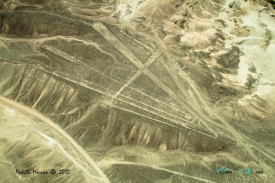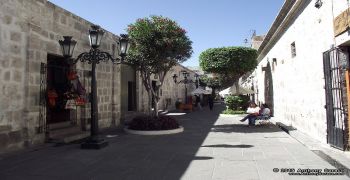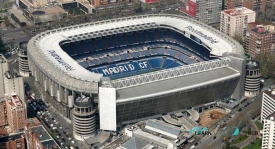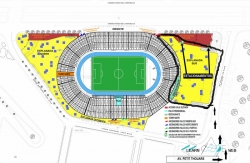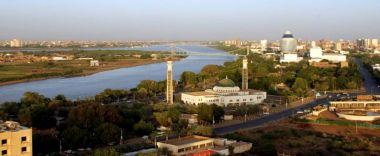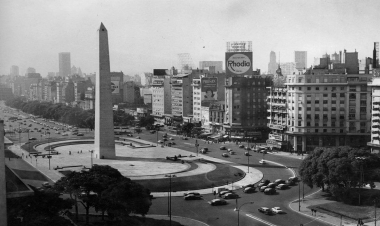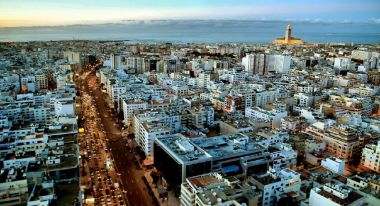ABOUT Summer Palace
The Summer Palace (simplified Chinese: 颐和园; traditional Chinese: 頤和園; pinyin: Yíhéyuán) is a vast ensemble of lakes, gardens and palaces in Beijing. It was an imperial garden in the Qing dynasty. Mainly dominated by Longevity Hill (万寿山; 萬壽山; Wànshòu Shān) and Kunming Lake, it covers an expanse of 2.9 square kilometres (1.1 sq mi), three-quarters of which is water.
Longevity Hill is about 60 m (200 ft) high and has many buildings positioned in sequence. The front hill is rich with splendid halls and pavilions, while the back hill, in sharp contrast, is quiet with natural beauty. The central Kunming Lake, covering 2.2 square kilometres (540 acres), was entirely man-made and the excavated soil was used to build Longevity Hill.
In December 1998, UNESCO included the Summer Palace on its World Heritage List. It declared the Summer Palace "a masterpiece of Chinese landscape garden design. The natural landscape of hills and open water is combined with artificial features such as pavilions, halls, palaces, temples and bridges to form a harmonious ensemble of outstanding aesthetic value".
Notably in recent history, it is also the Central Route terminus of the South-North Water Transfer Project having traversed 1,267 km (787 mi) from Danjiangkou Reservoir, Hubei, making it Beijing's main water supply.
Longevity Hill is about 60 m (200 ft) high and has many buildings positioned in sequence. The front hill is rich with splendid halls and pavilions, while the back hill, in sharp contrast, is quiet with natural beauty. The central Kunming Lake, covering 2.2 square kilometres (540 acres), was entirely man-made and the excavated soil was used to build Longevity Hill.
In December 1998, UNESCO included the Summer Palace on its World Heritage List. It declared the Summer Palace "a masterpiece of Chinese landscape garden design. The natural landscape of hills and open water is combined with artificial features such as pavilions, halls, palaces, temples and bridges to form a harmonious ensemble of outstanding aesthetic value".
Notably in recent history, it is also the Central Route terminus of the South-North Water Transfer Project having traversed 1,267 km (787 mi) from Danjiangkou Reservoir, Hubei, making it Beijing's main water supply.



